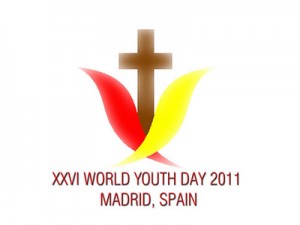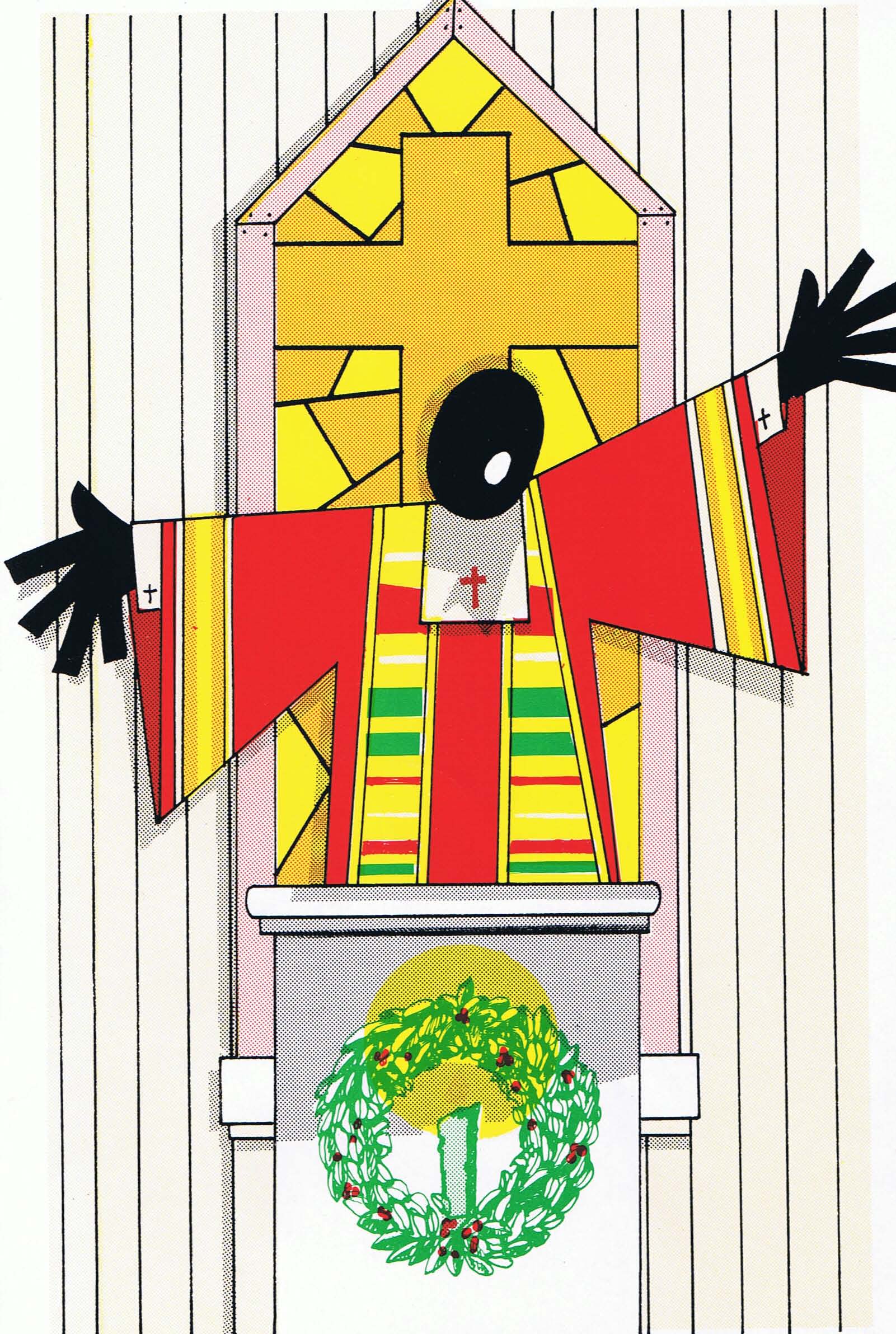Back in High School I was a very gawky teenager. I was 6 feet tall and 130 lbs. I was so thin you could not see me from sideways on except for the fact that my kneecaps and elbows stuck out. I was terribly shy around girls and considered the possibility of a date to a school dance quite remote.
But school dances up through about 10th grade were strange too. Most of the guys would stand on one side of the room and most of the girls on the other. Occasional furtive glances and giggles predominated and only a few of the guys were brave enough to ask a girl to dance. It was more common to see the girls out on the floor dancing in groups and the guys hanging tuff and looking cool on the side. It was a silly really but there was a kind of innocence. To be sure some of the kids in early High School were sexually active but most just said they were.
In 11th Grade came the prom and I actually summoned the courage to ask a girl as my date. She was blind enough to agree. But I remember the proms and how elegant they were. I wore a tux and she an elegant dress. I felt grown up for the first time, a young man with his lady. I was still gawky but I was learning for the first time the rituals of courtship. I may have had some unchaste thoughts but I knew my limits and the rules of the dance protected us both. A well chaperoned dance can help young people take the next and proper steps in courtship but guidance is critical. That was the early – mid 1970s for me.
Twenty years later I was in attendance at a middle school dance at a presumably Catholic School. I had been away in Seminary and it had been a dozen years or more since I had seen a school dance. I was shocked at the difference. Not only were the youngsters not on the margins being shy and furtive, they were emphatically out on the floor. They were not dancing as couples but in a large tangle of young people bumping and grinding in horribly immodest ways. Many of them were simulating sexual activity right out on the floor. Even more shocking, the adult “chaperons” were standing meekly on the side sipping punch and allowing this to go on. I went to one and inquired who was in charge and the woman seemed quite surprised at my shock at the dirty dancing. “Oh they’re just having fun,” she said.
I’d had enough. I went out on the floor and started pulling apart the most egregious violators and told them to cut it out to go over and sit on the side until I spoke to them. I then huddled the “chaperons” and explained that this sort of behavior had to stop and I needed their help. I told. A few of them made weak attempts to stop the gyrating teens but most just stood there. Finally I was off to the DJ to turn the music off and with his microphone in my hand I lectured the youngsters (and apparently a many of the not so young) on modesty. To the girls I spoke to them of their dignity as daughters of God and that they ought to demand respect from the boys. I to the boys I preached respect for the girls I warned them all that God was watching.
It was really the adults who angered me that night in the early 90s. We were letting our children down by not teaching them boundaries, self-respect or mutual respect. Kids who have newly explosive hormones rushing through their veins need guidance and clear rules. They need kind but firm adults who can help them to understand and master the powerful forces unleashed within them. As you may imagine I had many tense but productive meetings with the adults who were youth leaders in the months to follow.
In the video to follow is a very good interview I saw on Fox News today. Shannon Breen interviews Betsy Hart, author of “It Takes a Parent.” In a very good move more and more schools are cracking down on “Dirty Dancing”and spelling out very clearly what the teenagers may not do. It is long overdue and I well hope it will widely multiply to every school district. Hopefully most of our Catholic Schools have dealt with this phenomenon long ago (as my school did back in the early 1990s).
A dance should be a time when young people learn the delicate art of courtship. When they learn to be close physically but in a way that is respectful. Dances should teach young men to be gentlemen and girls to be ladies. Sadly, this has been untrue for years. Loud music, dark rooms, chaotic strobe lights and poor dress codes have all given way to increased immodesty and unchaste bumping and grinding. Children deserve better than to be sexualized and uninstructed in basic modesty and reverence. Enjoy this interview and pray that common sense parenting and mentoring will once again catch on.




